The key to a successful project is planning, so when it comes to beginning any project, a project plan should be the very first thing on your list.
You’re in a rush and anxious to get started, and so it might seem counter-intuitive to delay the start of your project, that’s understandable. But we assure you it’s oh so worth it, because in fact the rewards the plan brings – saving time and money, managing responsibilities, avoiding confusion and problems – well, they completely outbalance any initial delays.
So what exactly is a project plan?
Well its style will vary from company to company, but fundamentally every project plan should include:
1. The key project milestones and the tasks required to complete each milestone 2. Who is responsible for completing each task 3. The deadlines for each milestone, creating the project schedule
The plan could then also include; project goals, people involved, their contact details, the time required to complete each task and the associated costs.
How do we create one?
Whilst it might seem daunting, creating a project plan can actually be pretty straightforward. Once you’ve established the key milestones and the tasks required, you can then work out the time required to complete each task, and then an accurate completion date – ultimately resulting in the overall project delivery date.
If a delivery deadline has already been set you may need to reassess how much time you have allocated to each task, also looking at which tasks can run in parallel – they may not all need to be completed serially. And finally, you then need to allocate a person or group to each task – don’t forget to include project meetings and conference calls on the plan!
And if you need some assistance, there’s plenty of project management software options that can help you with creating a project plan. These can be especially helpful for more complex projects, however, we at Coussins tend to use an Excel spreadsheet, creating a Gantt chart, and including a column for who’s responsible – changing the cell colour depending on the task’s status, so you could create your own project plan template.
So we have the plan all laid out, but then what?
Well first off, it’s vital that everyone involved in the project is familiar with the project plan and – crucially – knows what tasks they are responsible for completing. Task allocation and deadlines should be discussed before the plan is finalised – so no nasty surprises! And where relevant, don’t forget about third parties – for example, find out exactly how much time should be allocated for printing and delivery, so you can incorporate this into the plan.
The project plan should be regularly updated and reviewed throughout the project. Although there may be many people, groups and even companies involved in a project, there should always be one Project Manager who’s ultimately responsible for ensuring the project is completed on time and within budget. In other words, they’re responsible for whipping everyone else into shape!
The Project Manager plans the work, when it needs to be completed and who’s going to do it (the project plan), ensures the tasks are completed on time, co-ordinates work done by different people, deals with changes to the tasks or deadlines as required and updates key stakeholders when deadlines are challenged or changes are made to the plan.
Essentially, we believe that there are 5 key benefits to using a project plan:
 Awareness of responsibilities: everyone involved in the project knows what they’re responsible for completing, who they are working with on each task and when they need to complete it by.
Awareness of responsibilities: everyone involved in the project knows what they’re responsible for completing, who they are working with on each task and when they need to complete it by.
 Improved communications: By regularly updating the project plan, all those involved – including the key stakeholders – will be aware of the project’s progress; which tasks are still outstanding, whether it’s on target and who’s currently working on each milestone – so everyone is on the same page.
Improved communications: By regularly updating the project plan, all those involved – including the key stakeholders – will be aware of the project’s progress; which tasks are still outstanding, whether it’s on target and who’s currently working on each milestone – so everyone is on the same page.
 Resource planning: Since projects usually involve human, financial and material resources, a project plan enables you to see exactly what type of resources are required, how much of each resource and when.
Resource planning: Since projects usually involve human, financial and material resources, a project plan enables you to see exactly what type of resources are required, how much of each resource and when.
 Public commitment: A project plan forms a public commitment between everyone involved. Once a plan is finalised, each person has committed to completing certain tasks by a specified date, and everyone else can see if that person’s task isn’t completed. There’s also a shared sense of responsibility – you know Bob can’t start his task until you’ve finished yours, which will hold the project up.
Public commitment: A project plan forms a public commitment between everyone involved. Once a plan is finalised, each person has committed to completing certain tasks by a specified date, and everyone else can see if that person’s task isn’t completed. There’s also a shared sense of responsibility – you know Bob can’t start his task until you’ve finished yours, which will hold the project up.
 Pragmatic planning: As each task, milestone and deadline has been carefully planned, the project should be completed on time. This thought-through approach means that deadlines are common knowledge at the start of a project, and should help minimise any nasty surprises.
Pragmatic planning: As each task, milestone and deadline has been carefully planned, the project should be completed on time. This thought-through approach means that deadlines are common knowledge at the start of a project, and should help minimise any nasty surprises.
Quiz Maker – powered by Riddle
 Coussins Associates have been providing outsourced marketing services for over 25 years – yikes! Our clients enjoy the benefits of an easily scalable resource, no fixed costs, no hidden overheads and a team that can not only devise solutions and manage projects, but also take on downstream work such as research, copywriting and design management. All seamlessly integrated to provide a win-win solution – in-house marketing resources with outsourced cost savings.
Coussins Associates have been providing outsourced marketing services for over 25 years – yikes! Our clients enjoy the benefits of an easily scalable resource, no fixed costs, no hidden overheads and a team that can not only devise solutions and manage projects, but also take on downstream work such as research, copywriting and design management. All seamlessly integrated to provide a win-win solution – in-house marketing resources with outsourced cost savings.
To find out more about our outsourced marketing services, read more here, or click here to pop us an email.
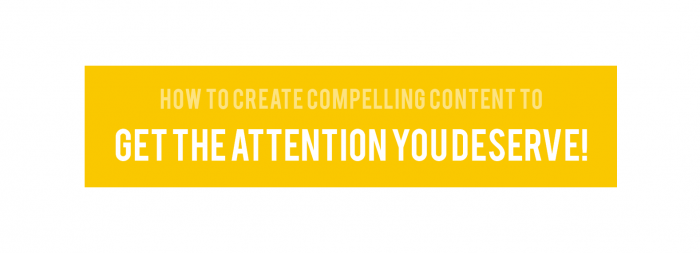
 Coussins Associates have been providing outsourced marketing services for over 25 years – yikes! Our clients enjoy the benefits of an easily scalable resource, no fixed costs, no hidden overheads and a team that can not only devise solutions and manage projects, but also take on downstream work such as research, copywriting and design management. All seamlessly integrated to provide a win-win solution – in-house marketing resources with outsourced cost savings.
Coussins Associates have been providing outsourced marketing services for over 25 years – yikes! Our clients enjoy the benefits of an easily scalable resource, no fixed costs, no hidden overheads and a team that can not only devise solutions and manage projects, but also take on downstream work such as research, copywriting and design management. All seamlessly integrated to provide a win-win solution – in-house marketing resources with outsourced cost savings.
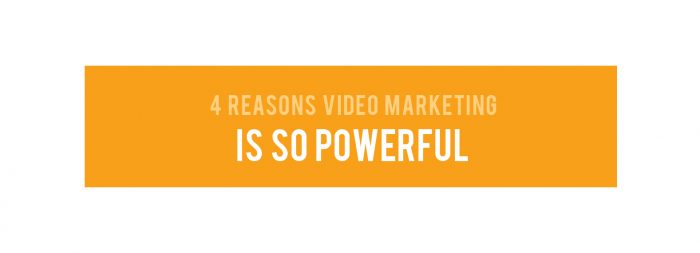
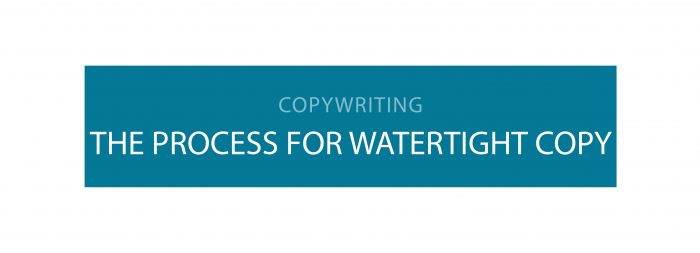
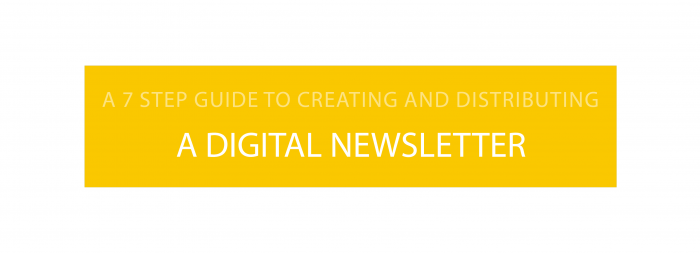
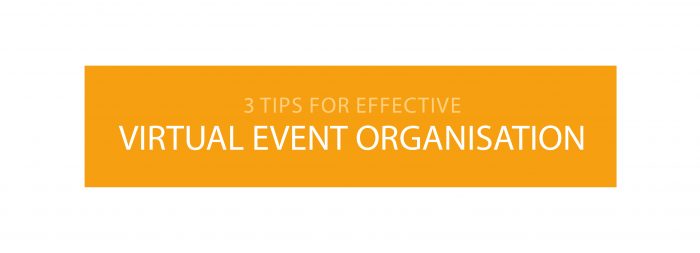
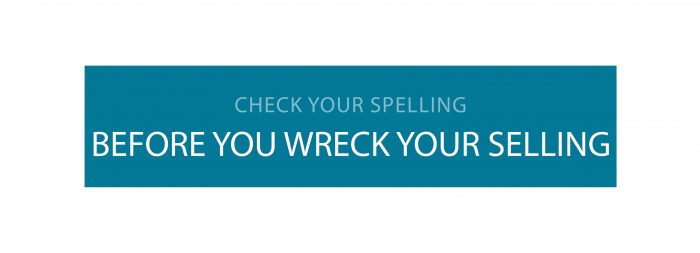

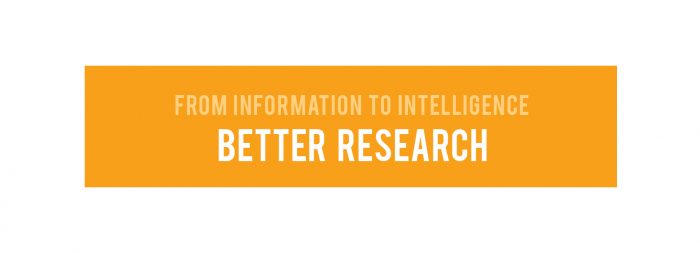

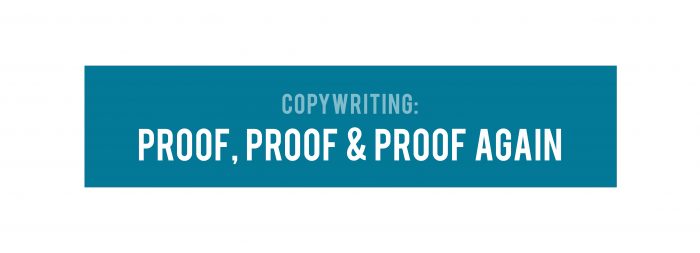

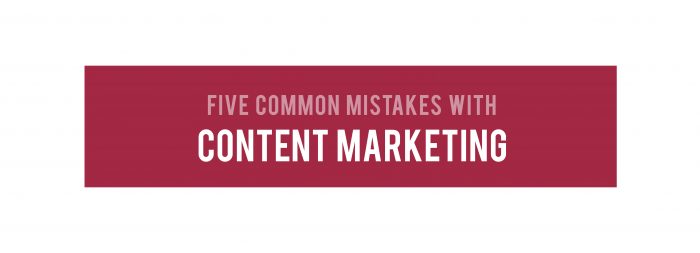

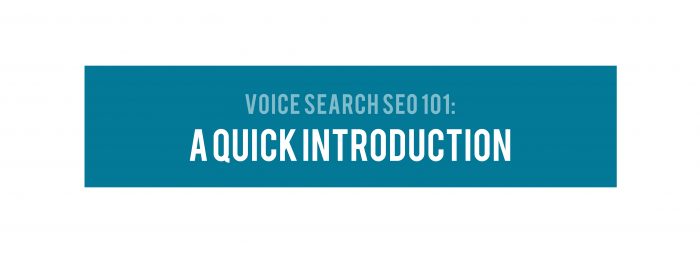

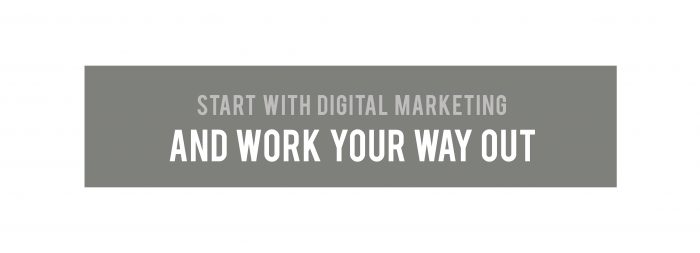

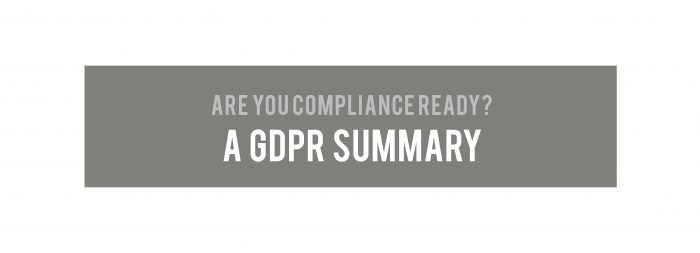
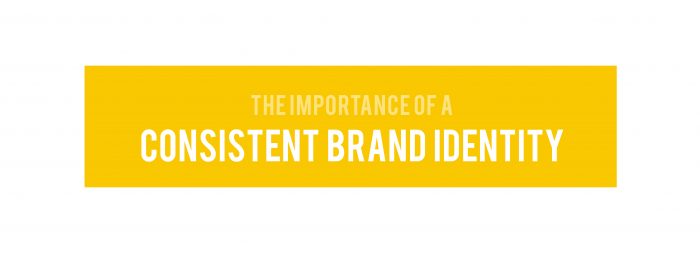

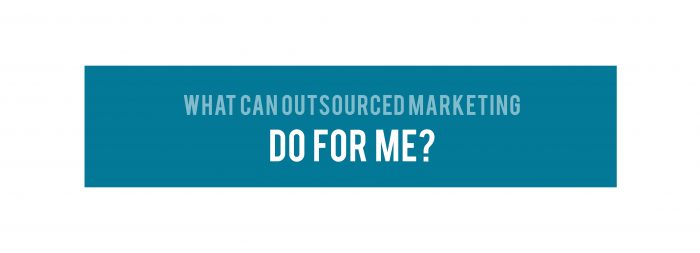

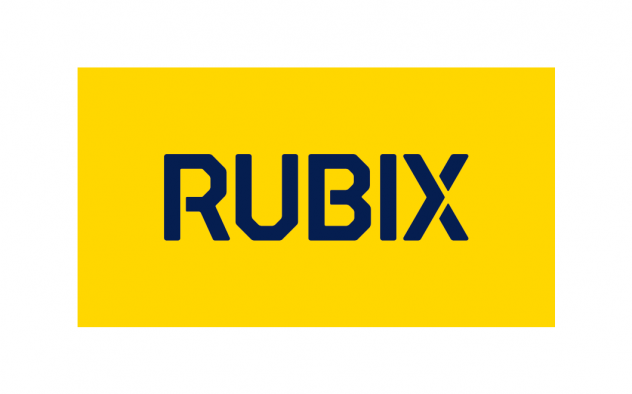
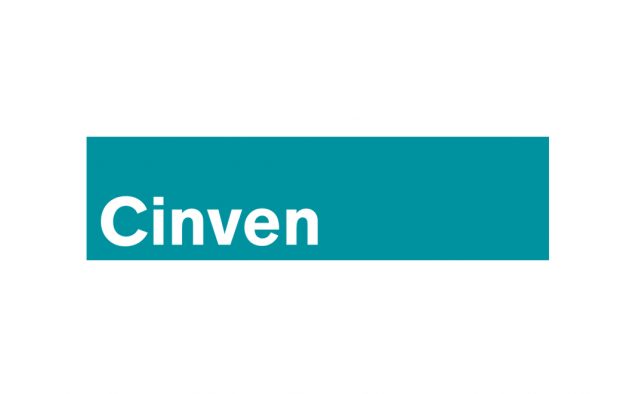

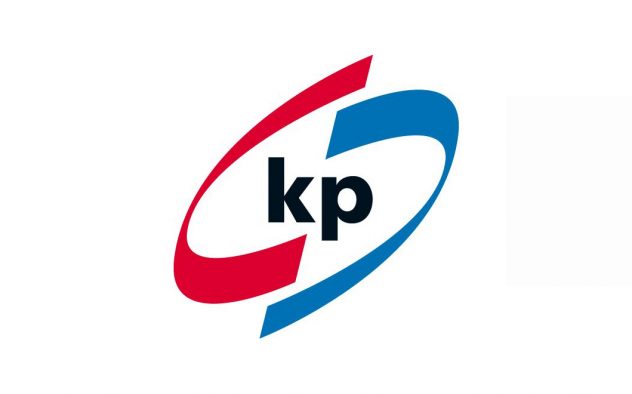
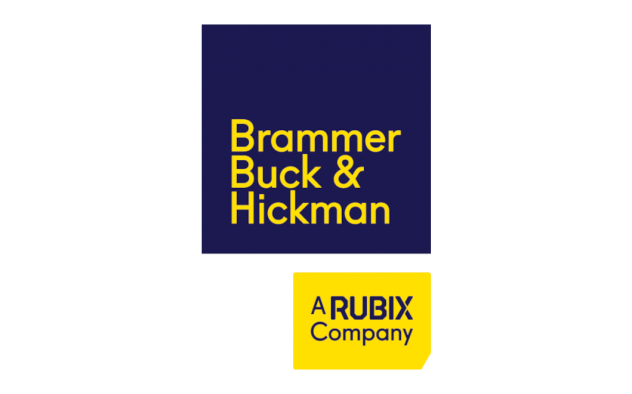

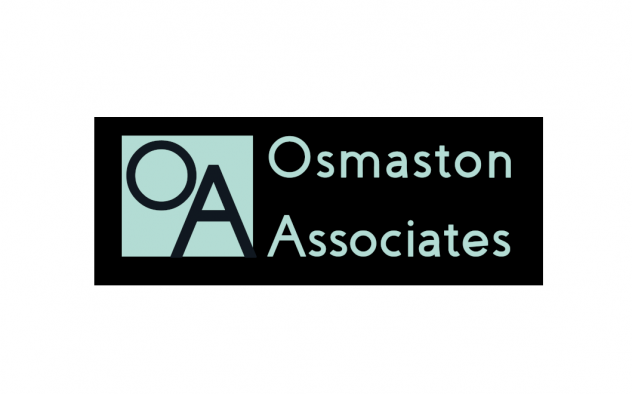
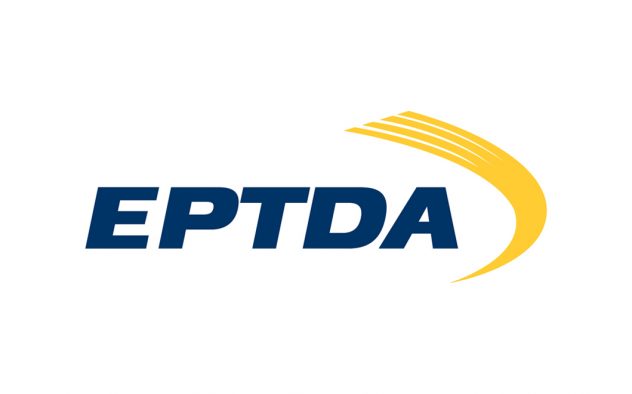

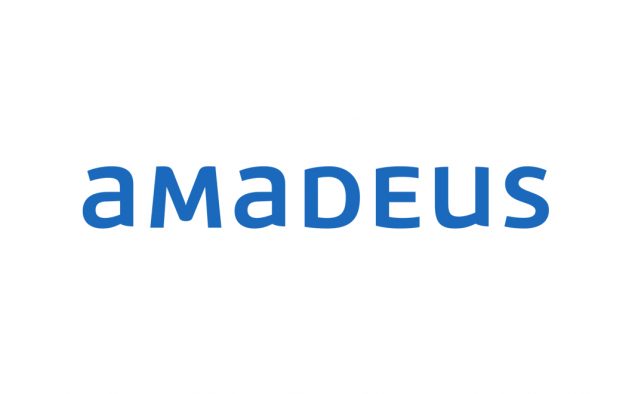
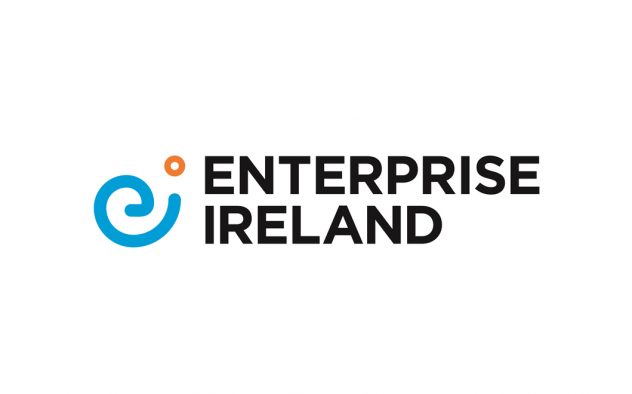
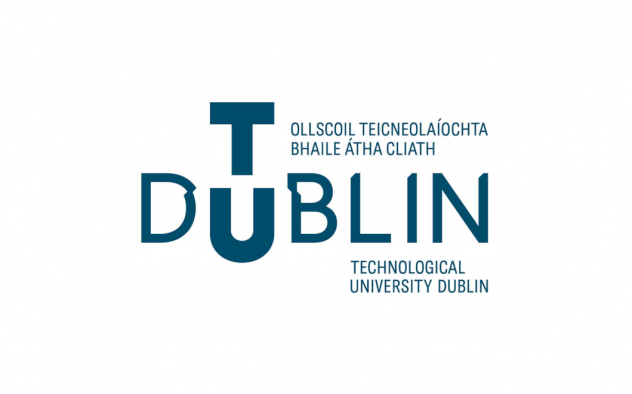
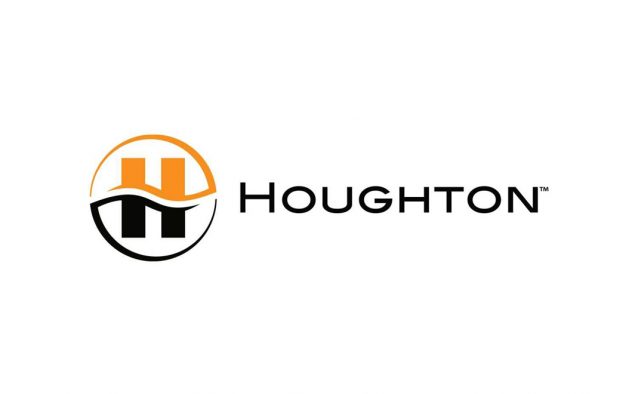
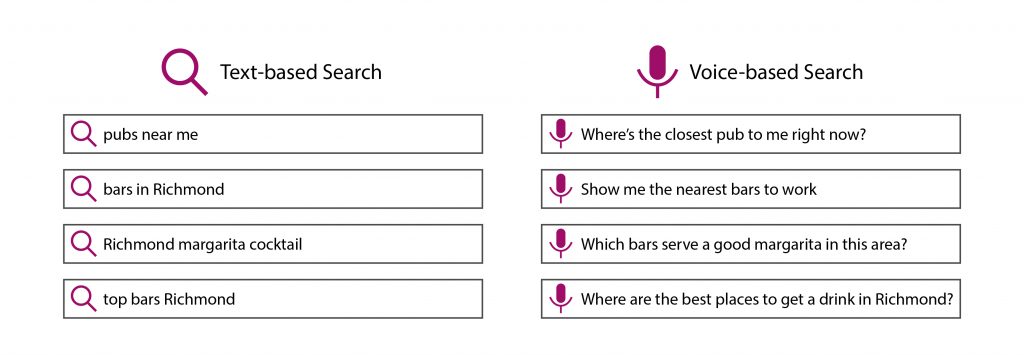
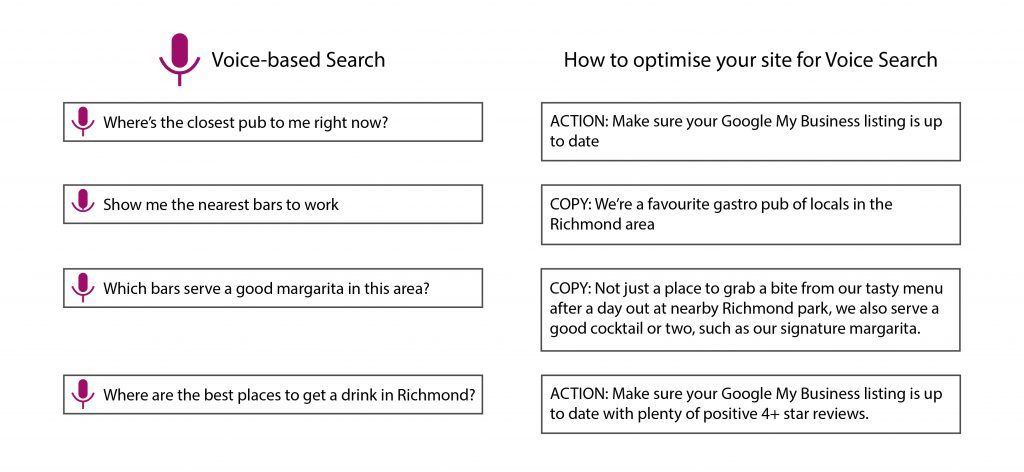

 1. Opt-in consent
1. Opt-in consent 2. Intent
2. Intent 3. Transparency and invisibility
3. Transparency and invisibility